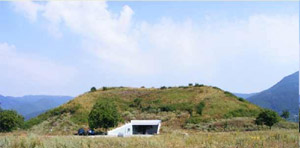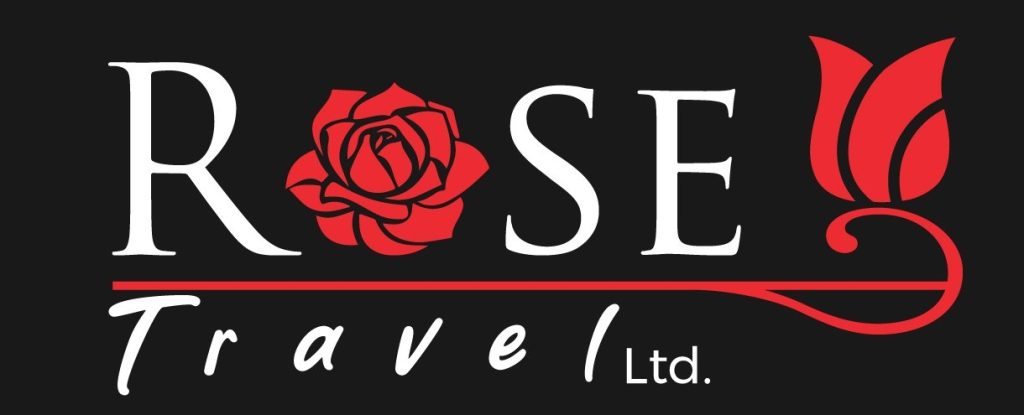The Tomb of "Great Shaggy"
The Tomb of "Great Shaggy"
It is located 12 km north of Kazanlak.
The temple in the mound “Golyama Kosmatka” was built in the second half of the 5th century BC. The preserved floral ornaments on the wings of the marble chamber door symbolize the directions of the world and the cycle of time. In the tomb were found the magnificent golden crown of the ruler, a golden kylix (wine cup), knee pads and a helmet with plastic ornamentation, appliqués for horse ammunition, etc. Noteworthy is the ritually buried bronze head of the statue of Seutus III in front of the facade, which is unusually spiritualized and detailed. It is an important testimony of the Thracian Orphic rituals not only on a national but also on a global scale.

In 2004, in the “Golyama Kosmatka” mound, a monumental temple with a south entrance was discovered, dating back to the second half of the 5th century BCE. The temple consists of a corridor, a vestibule, a round chamber with a high domed roof, and a rectangular chamber built as a sarcophagus from two monolithic stone blocks, one of which weighs over 60 tons. The three rooms are constructed with rectangular stone blocks and covered with slabs. A marble double-winged door closes the entrance to the round chamber. The upper panels of the wings feature perfectly modeled images of the god Dionysus, where in the east, he represents the sun, while in the west, he symbolizes the earth and night. The preserved color ornaments on the eastern wing are predominantly red, while the dominant color on the western wing is black.

In the rectangular chamber, which bears a parallel only to the monolithic chamber of the temple in the “Ostrusha” mound, a ritual throne and a ritual table are modeled. They were covered with a fabric made of golden thread, after which a grand burial of a ruler, revered as a god, took place. The name of Seuthes is inscribed on the phiale, jug, and helmet, proving that Seuthes III, the renowned Thracian ruler of the Odrysian Kingdom, was buried here at the beginning of the 3rd century BCE. His capital, Seuthopolis, is located about ten kilometers southwest of the tomb at the bottom of the Koprinka reservoir. Most likely, the body was cremated elsewhere, as no remains were found in the tomb. Instead, the head of the statue of Seuthes, which stood on a pedestal in the capital city of Seuthopolis, was buried. This is in accordance with Orphic customs.
In the chamber are carefully placed the personal belongings and gifts necessary for the afterlife of the ruler – a gold wreath, two alabasters, a gold cylix decorated with plant ornaments, a silver Mediterranean seashell with gilding, a magnificent gold set for horse ammunition, amphorae, and almost a complete set armory – helmet with silver appliqué of a man’s head, gold appliqué with a lion’s head in the middle of leather breastplate, two bronze kneepads with heads of goddesses, sword with scabbard decorated with gold appliqués, knife with gold handle.
In the chamber are carefully placed the personal belongings and gifts necessary for the afterlife of the ruler – a gold wreath, two alabasters, a gold cylix decorated with plant ornaments, a silver Mediterranean seashell with gilding, a magnificent gold set for horse ammunition, amphorae, and almost a complete set armory – helmet with silver appliqué of a man’s head, gold appliqué with a lion’s head in the middle of leather breastplate, two bronze kneepads with heads of goddesses, sword with scabbard decorated with gold appliqués, knife with gold handle.
After completing the ritual, the initiates bricked up the entrance to the round chamber, sacrificed the horse of their ruler, also bricked up the entrance to the vestibule, ritually burned the corridor and placed the bronze head of his statue seven meters from the facade of the temple.


